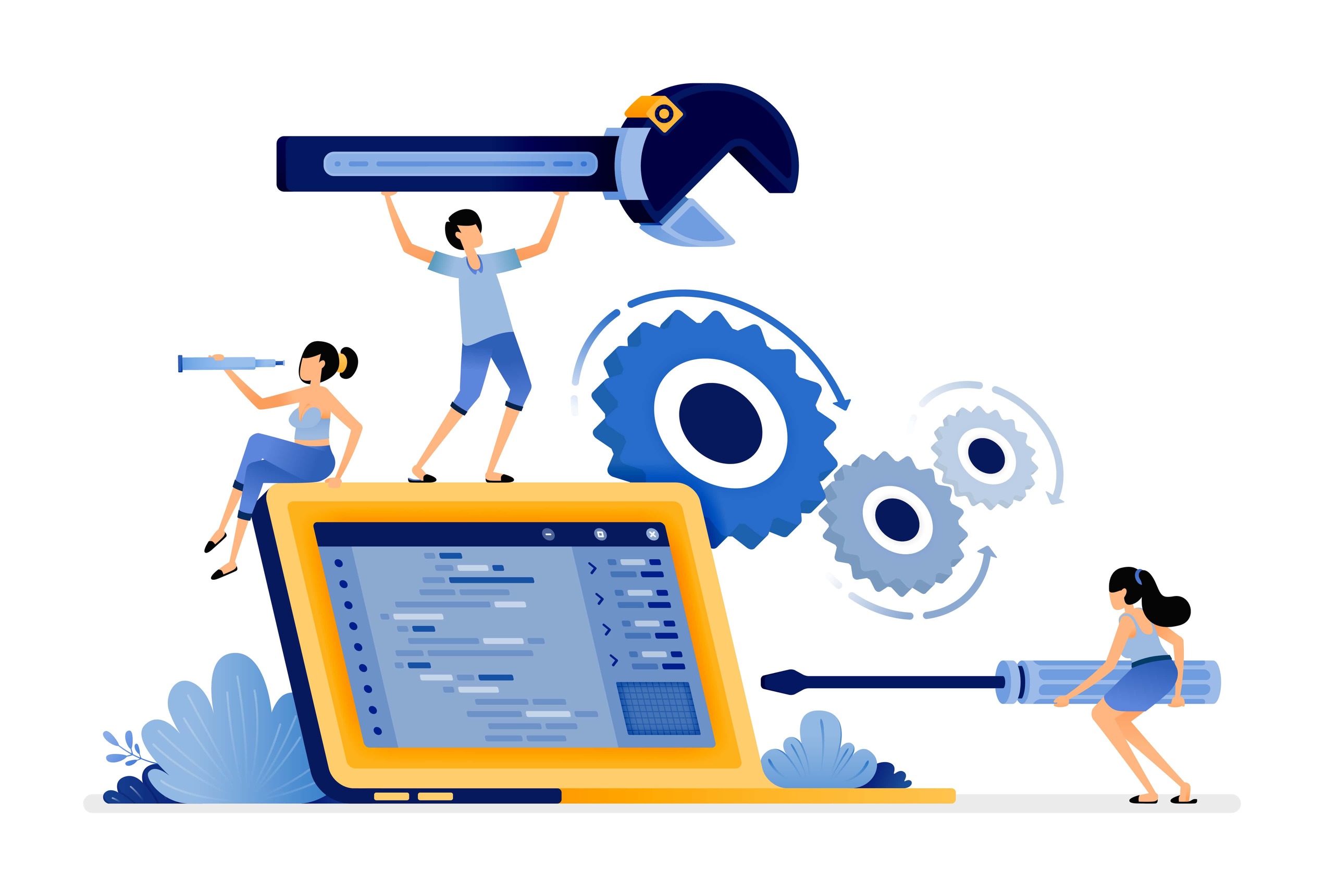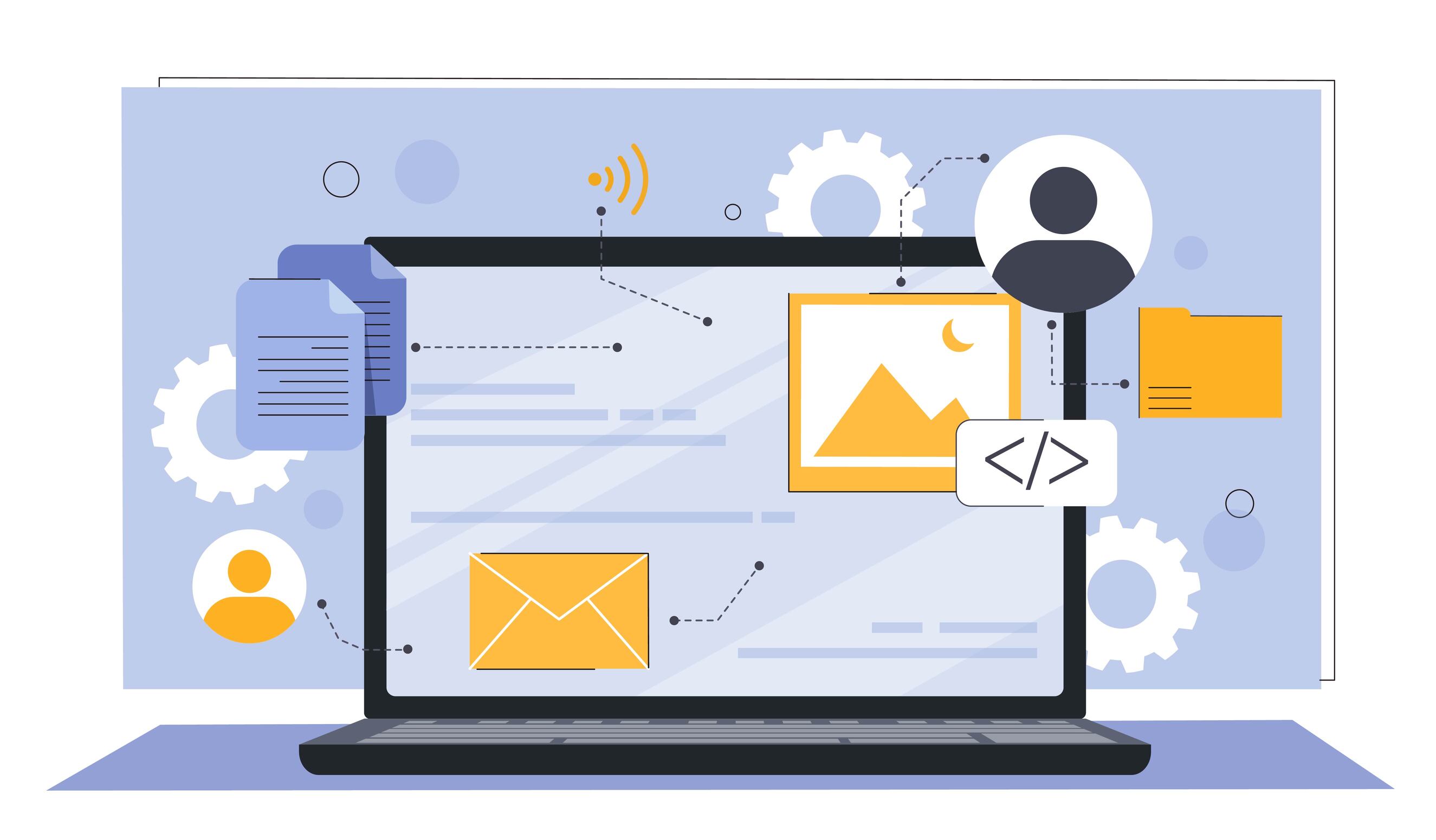Organizational Portal – The Essential Tool for Improving Communication, Efficiency, and Employee Satisfaction
Corporate portal

 1936
1936 
Organizational Portal – The Essential Tool for Improving Communication, Efficiency, and Employee Satisfaction
In the modern organizational reality, where communication and information transfer are critical components for success, an organizational portal has become an essential tool for improving company performance and empowering its employees. The organizational portal serves as a central online platform, providing easy access to resources, information, and essential services for the organization's employees. Through the portal, organizations can enhance internal communication, boost work efficiency, and increase employee satisfaction.
Advantages of Using an Organizational Portal
Improving Internal Communication
The organizational portal serves as a central hub for information sharing and communication within the organization. It allows employees to access up-to-date information, ask questions, and receive real-time answers. In this way, it promotes collaboration between different departments and teams, reduces the need for information transfer through informal channels, and improves the overall flow of communication within the organization. The organizational portal also helps bridge geographical gaps, which holds special importance in the era of hybrid and remote work.
Increasing Work Efficiency
Through the organizational portal, employees gain quick access to the tools, resources, and information they need to perform their daily tasks. The portal centralizes everything needed in one place: documents, forms, online courses, and information about projects. This saves valuable time and reduces the mental burden of searching for information in various places. With task and project management tools available in the portal, the organization can track work progress, set goals, and effectively meet deadlines.
Enhancing Employee Satisfaction
The organizational portal is not just a technical tool but also an important component in creating a sense of belonging and connection for employees to the organization. A portal that allows employees to participate in discussions, submit requests, and access information about new opportunities reinforces their sense of belonging to the organization. Additionally, the portal facilitates employees in managing their personal tasks, such as vacation requests, submitting attendance reports, or participating in training, thereby contributing to a higher overall satisfaction.
Examples of Uses for an Organizational Portal
Possible uses of an organizational portal include:
- Information sharing about products and services: Employees can access up-to-date information about new products, changes in processes, or new projects.
- Communication with employees: Forums, discussion groups, and announcements allow employees to maintain continuous contact and share information and ideas.
- Training and education: An organizational portal can serve as a platform for online courses, technical trainings, and workshops delivered to employees.
- Providing services to employees: An organizational portal can serve as a central tool for managing employees’ work lives, including submitting requests, attendance reports, and filing tax declarations.
Real Examples and Innovations in Organizational Portals
Many companies around the world, especially in the high-tech sector, are adopting advanced organizational portals to improve internal interaction and empower employees. An example of this is Acme Inc., which implemented an organizational portal that integrates artificial intelligence (AI) and chatbots that assist in answering employees' common questions. The portal also features a user-friendly interface for smartphones, high-level encryption to maintain employee privacy, and an accessible design suitable for all types of users. Additionally, the portal offers a variety of services for employee welfare, including registration for classes, events, and mental health support services.
Future Trends in Organizational Portals
The organizational portal market is in constant growth and is expected to reach a value of approximately $20 billion by 2027, with an average annual growth rate of 15.2% (CAGR). The leading trends in the field include:
- Cloud-based portals: Allowing access from anywhere at any time, improving accessibility and security.
- Mobile-friendly portal: With an emphasis on the user experience tailored for smartphones and tablets.
- Integration of new technologies: Such as artificial intelligence, machine learning, blockchain, and metaverse, enabling personalized experiences and higher efficiency.
- Focus on employee well-being and good corporate governance: The organizational portal of the future will be not only a work tool but also a platform for fostering employee welfare and connection.
Conclusion
In a reality of hybrid and remote work, the organizational portal serves as an essential tool for strengthening the connection between employees and the organization, improving productivity, and enhancing the employee experience. Investing in a high-quality, advanced organizational portal tailored to the organization's needs can yield significant benefits in communication, efficiency, and employee satisfaction. An organizational portal is not just a technological tool, but a driver for organizational growth, innovation, and excellence, adding value to any company striving to lead in the competitive market.






